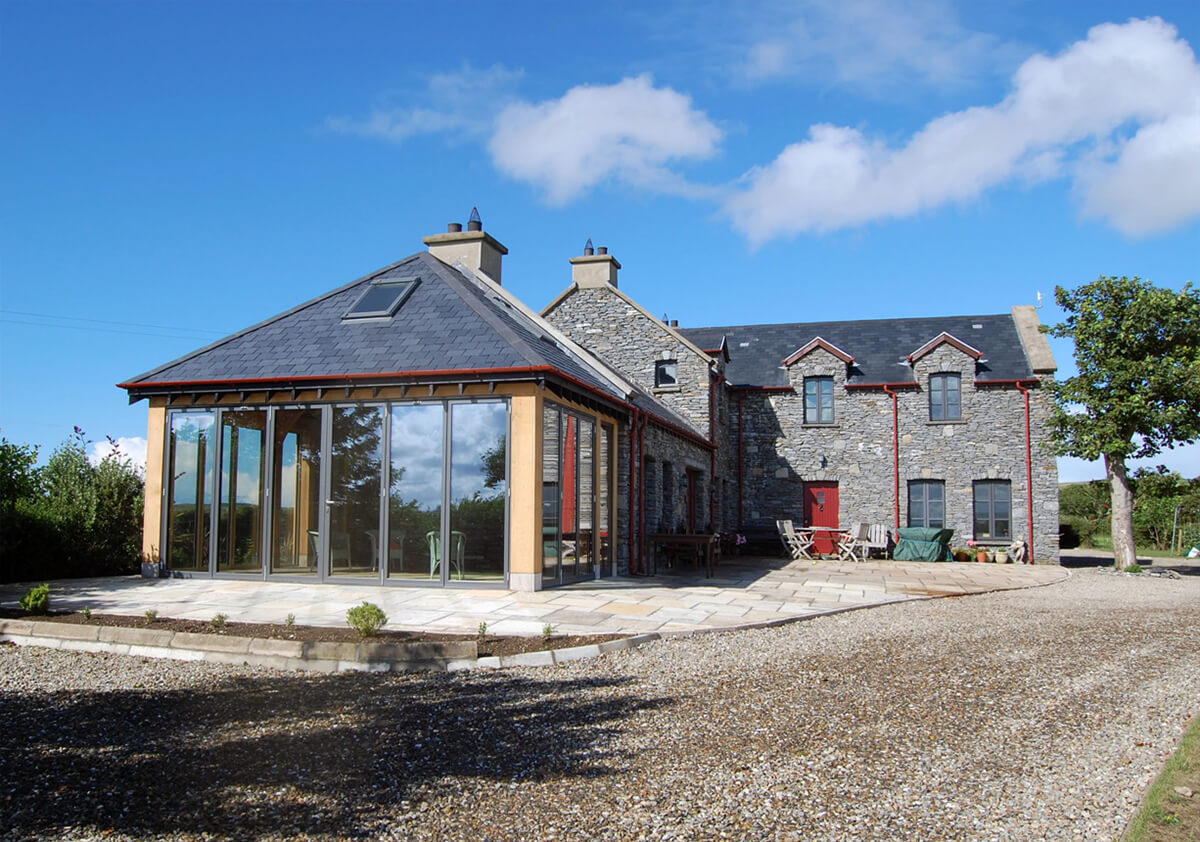Contemporary Restoration
Contemporary Restoration
The central aim of our contemporary restoration projects is to sensitively knit together your aspirations with the existing fabric of the building. We live and work from a century old Lime Kiln renovation so it’s a passion of ours to sensitively preserve older buildings with character. Our experience in this area also includes churches and cathedrals which have received numerous awards.
Before We Start Your Restoration Project
The first thing we need before we start planning your dream restoration is to check out the building completely and thoroughly. So, we can do a survey of the property for you or engage a surveyor on your behalf. We’ll also check details like legal maps, but we can provide a checklist of everything you need to get to the planning stage. And if you hit any red tape barriers, we can help you through them.
Documents You Will Need for Your Restoration Project
Here’s a handy list of what you may need:
(Don’t have them? Don’t worry we can help you with the process of obtaining & ratifying these)
- Plans and Drawings of the building
- Legal Deed Maps
- Surveyors Report
- Land Registry Maps
- Previous planning history
What Do You Want To Achieve From Your Restoration Project
Now we get to the exciting part…the plans. First of all with sit down with you to learn more about what you will need. These are the sort of questions we ask:
- How so you use the building at present?
- How does it match your lifestyle?
- How do you tread through the building, day by day?
- What are the most and least used areas?
- What are the problem areas?
- What are your favourite spots?
- Do you have enough space, including storage space?
- Does your home meet the needs of your hobbies, pastimes?
- Is there enough family space for, teenagers, pets etc.
Drawing Up Your Restoration Plans
Work Stage 1
When we have a clear idea of what you need, then we start to draw…..initial sketches, concept designs, estimates and putting a design team together of all the professionals involved. These could include e.g. engineers, thermal consultants, sub-contractors and other specialists.
Work Stage 2
We can walk you through the concept design from initial sketches right through to 3D design drawings; plans, elevations and site layout. When everyone is satisfied that we have reached the best design solutions for your restoration, we go for planning approval. In some instances extensions, of a certain size and position, do not require planning if they comply with ‘permitted development’.
Work Stage 3
On condition of planning approval, when your application has been granted or permitted, we begin detailed construction drawings, tender documentation and gathering costings. We can recommend Contractors (builders) who we have worked with before, or you may have someone in mind.
Work Stage 4
When a start date is allocated and building commencement notice has been lodged we break ground. Along with the design team of builders, engineers and consultants there will be periodic site visit’s/inspections arranged right through to completion. We gather and provide all the necessary certificates of approval.
Schedules and Deadlines
The designing and planning process can be a long venture, designing can take anywhere from a few weeks to a few months depending on the scheme and our work load. Planning usually takes in the region of 3 months for a decision once the application is lodged. If the decision is held up in any way or has to go to appeal this can be a further 6 months so it’s worth bearing all this in mind.
Tender documentation and detailed construction drawing can be timely. This is where we add all the layers of detail from each specialist sub-contractor; everything from the heating systems, the plumbing and wiring (mechanical and electrical aka ‘M&E’) to the windows, floors and external finishes. All of these components need to work with the insulation and weather tight membranes depending on the construction techniques. Simple buildings from the outside are the most complex inside!
Before the contractors start on site, a budget and timescale will be agreed. If you’ve ever watched an episode of Grand Designs you’ll know it’s not uncommon for projects to run over time and over budget. This can be managed with sufficient preparation and engaging a project manager and a quantity surveyor. We can recommend these depending on the scale of the project. Our frequently occurring advice is to allow enough time to plan the build and cover as many decisions as possible to allow the build to run smoothly.
“The difference between good and bad architecture is the time you spend on it.” – David Chipperfield.

